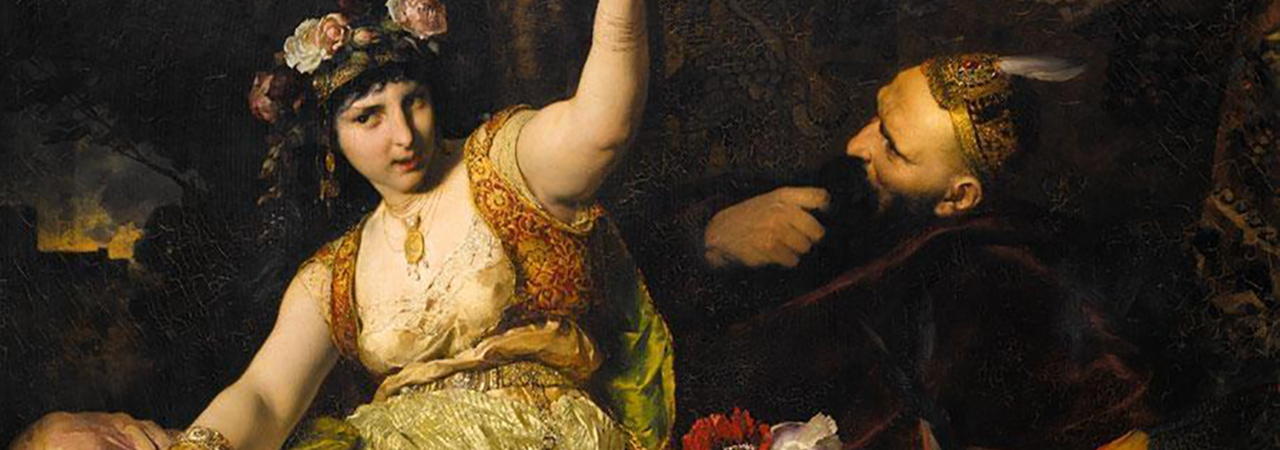Cage Escape Quest Dragons Home
/Image by Gerhard G. from Pixabay

Image by Gerhard G. from Pixabay

I love storytelling. I grew up with it, and when I found my ‘writer’s voice,’ it was in the form of the oral art of telling a story with simple language and basic tools. I used to throw Story Circles where everybody had to share a story, and it was pretty awesome to discover what people came up with, especially those who were shy or very left-brained.
So I use storytelling to promote my work. I have for years. All of my blast from the past blogs are from that year I was on the road, telling stories and selling a book of original fairy tales out of my truck. I was living new stories as I was selling the ones I’d made up. It was an amazing year, one of the hardest and most exciting of my life, when I was fully out of my comfort zone. And I sold most of my books during that time, and met a lot of intriguing and open-minded people. Had some good adventures, each one unique in and of itself. I still use storytelling as a method of getting my work out there, and eventually, I will start a podcast. I go to open mics, and of course, I prefer the ones that allow 10-15 minutes, and 20 minutes are a dream come true. But most of them have become 5-minute open mics and I’m not a fan of those. I get it that the emcee wants as many people as possible to have their chance, but that’s just not enough time for anybody.
My most recent open mic in Portland, I read my first sex scene to a room full of strangers. Given that this particular Open Mic is around sexuality, that was the right venue and the right audience of a sex positive crowd. It’s a way for people to find out who I am and I still sell most of my books this way.
But nothing beats a space I created and a vibe that I have some control over, as well as much time as I care to give the stories I share. So Tea & Tales is my favorite. I have 2 more before the sun gets high in the sky and the people get restless for being outside. At my next Tea & Tales, I’m telling an excerpt out of my novel, Ella Bandita and the Wanderer, as well as the Tlingit tale of How Raven Ruined Crow’s Voice. I don’t think that’s the official title, but it’s how I remember it. If anybody reading this is in the Portland, Oregon area and would like to attend, drop a comment and I’ll give you the Facebook event page with the info. It’s on April 7th.
To rewrite a myth or classic and make it good, you should read A LOT of myths or classics. That way, you understand the form. If you read just one, or know only a little bit about the genre, you're not going to have an easy time writing one.
Stephen King famously said, “If you want to be a writer, you must do two things above all others: read a lot and write a lot.”
Read More
Montgomery Mahaffey is the founder of Left Hanging, a half-hour radio show on KTOO FM in Juneau Alaska. Featuring folktales and fables from around the world – Grimm brothers, Hans Christian Andersen, the Arabian Nights, Norse Myths, Celtic fables, etc – Mahaffey hosted from January 2007 until August 2009 when she moved to Portland, Oregon.
Left Hanging opened with Mahaffey’s version of the tale of Scheherazade using storytelling and suspense to seduce and dissuade the King – who was rendered psychotic from the infidelity of his first wife – from beheading her at night’s end. Like Scheherazade, Mahaffey left the audience hanging so people would tune in the following week to find out what happened next. Besides ancient tales that have been told for thousands of years, Mahaffey also shared her original work – like the fable version of Ella Bandita and The Divorce of Vice and Virtue – as well as contemporary fiction.
Although Mahaffey found this form of storytelling to be a different experience from a live audience, she found it very rewarding and welcomed another way to express her love of the old myths and fairy tales that influenced her writing.
You can listen to a clip from the show here:
[audio mp3="http://freeflyingpress.com/wp-content/uploads/2015/06/02-Track-02.mp3"][/audio]
[maxbutton id="10"]